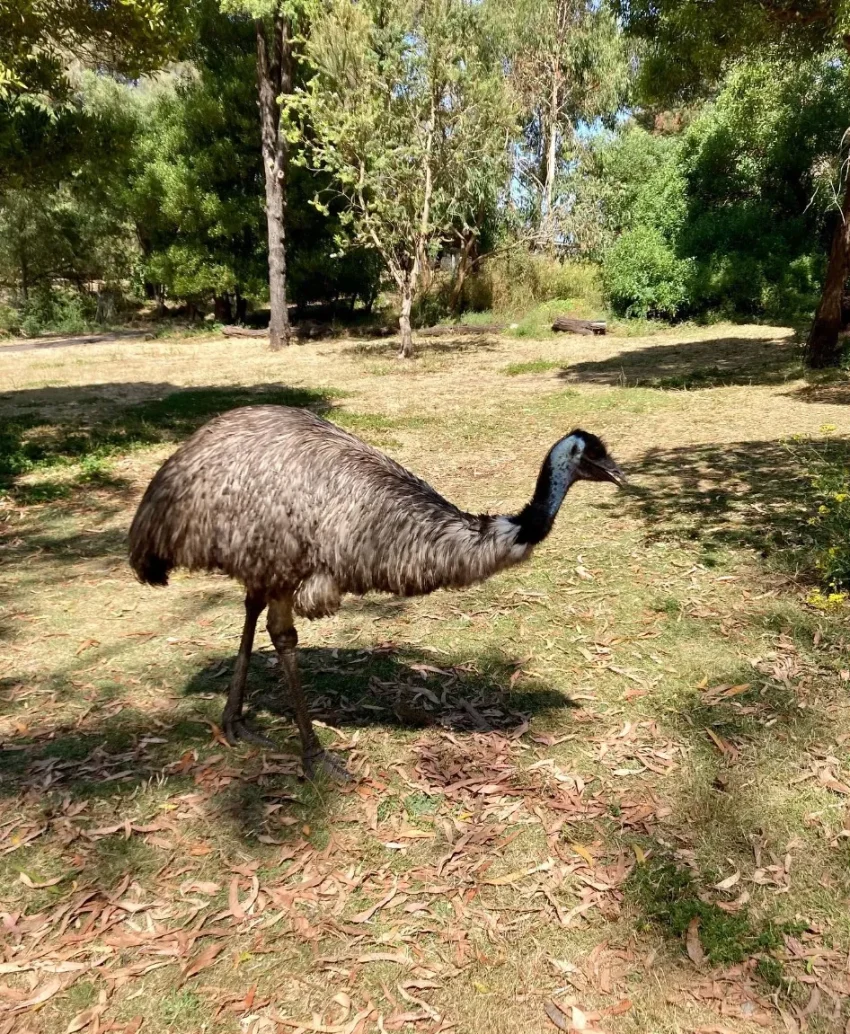The Tower Hill Wildlife Reserve lies on the Great Ocean Road and should be included on the travel planner for all the Nature and Wildlife enthusiast. In the case of a full day, this peculiar reserve is also suitable for a few hours as part of any great ocean road sightseeing trip. Tower Hill itself, located within an enormous volcanic crater, is a protected area of various native fauna and a cultural landscape for the Eastern Maar & Gunditjmara peoples. This ancient volcanic place supports koalas, kangaroos, emus, birds and other native fauna.
The Unique Ecology of Tower Hill Wildlife Reserve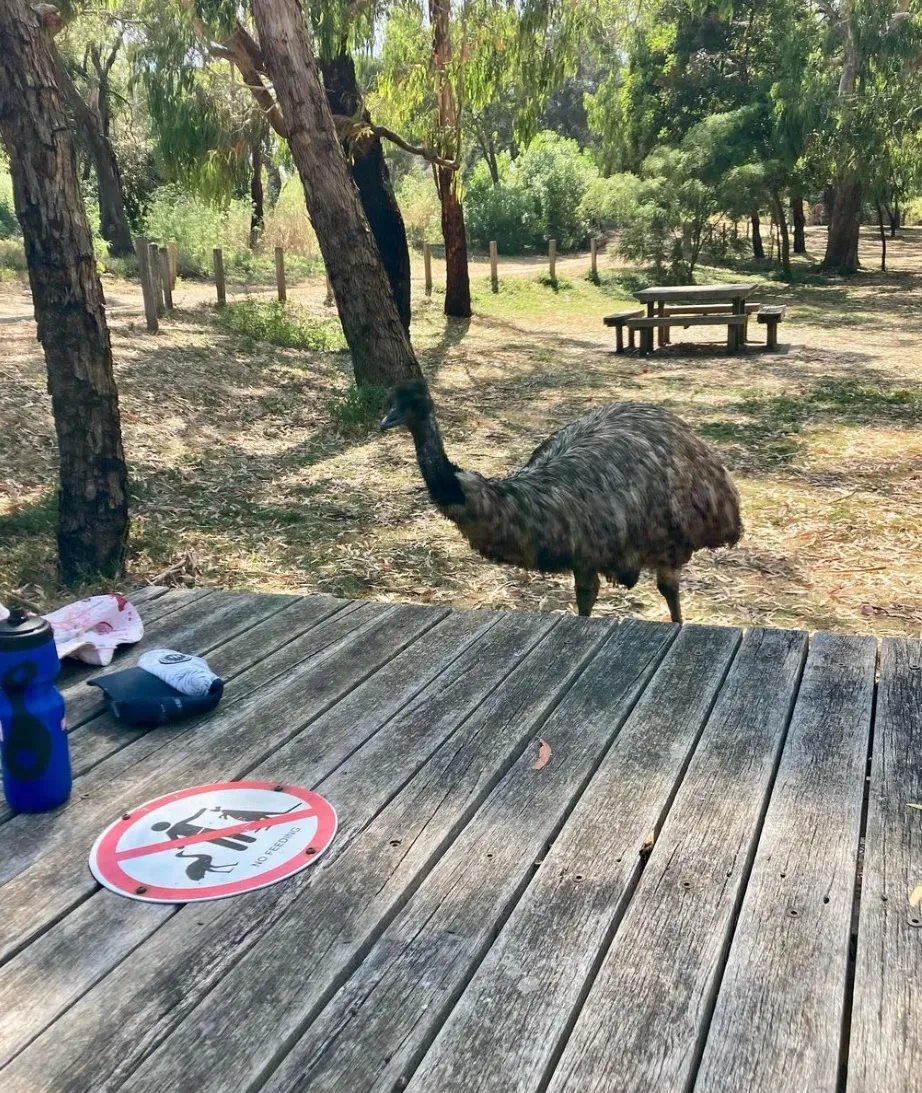
The first volcanic eruption which created the Tower Hill area took place about 30,000 years old making the area a volcanic terrain characterized by dome and cone shaped hills, a volcanic lake, and several volcanic structures. The region was once captured by the 19th century Painter eugene von guerard as a “lonely barren locality” but it has since metamorphosed to a flourishing habitat holding native animal species. At present, this section of the reserve comprises quite a number of Australian animals including the wildmonitor lizards, marsupials and birds, plus the seasonal reptiles.
Indigenous Heritage and Cultural Significance
However, in addition to these, Tower Hill is a uniquely significant site culturally. The Eastern Maar & Gunditjmara peoples are the traditional owners of Tower Hill, and have strong ties to this area on both physical and spiritual levels. Educational tours are run by the Worn Gundidj Aboriginal Cooperative who serve the reserve. In these tours the visitors are told the Australian aboriginal heritage of the reserve and concerning its indigenous peoples and how they lived off the land. These tours enhance the experience of the visitors by providing exposure to the culture and customs of the lands’ Traditional Rightly Owners.
Birdwatching: A Paradise for Bird Enthusiasts
For bird lovers, Tower Hill is a sanctuary providing an opportunity for watching various birds. The reserve is filled with numerous birds, with blue wrens, Banded Stilts and several parrots being some of the highlights. Birders can work in the wetlands and woodlands, while wild birds can be seen living freely in the wild. The Fairy Island area, having a boardwalk, is also a great place for watching birds of different types.
Iconic Bird Species to Look Out For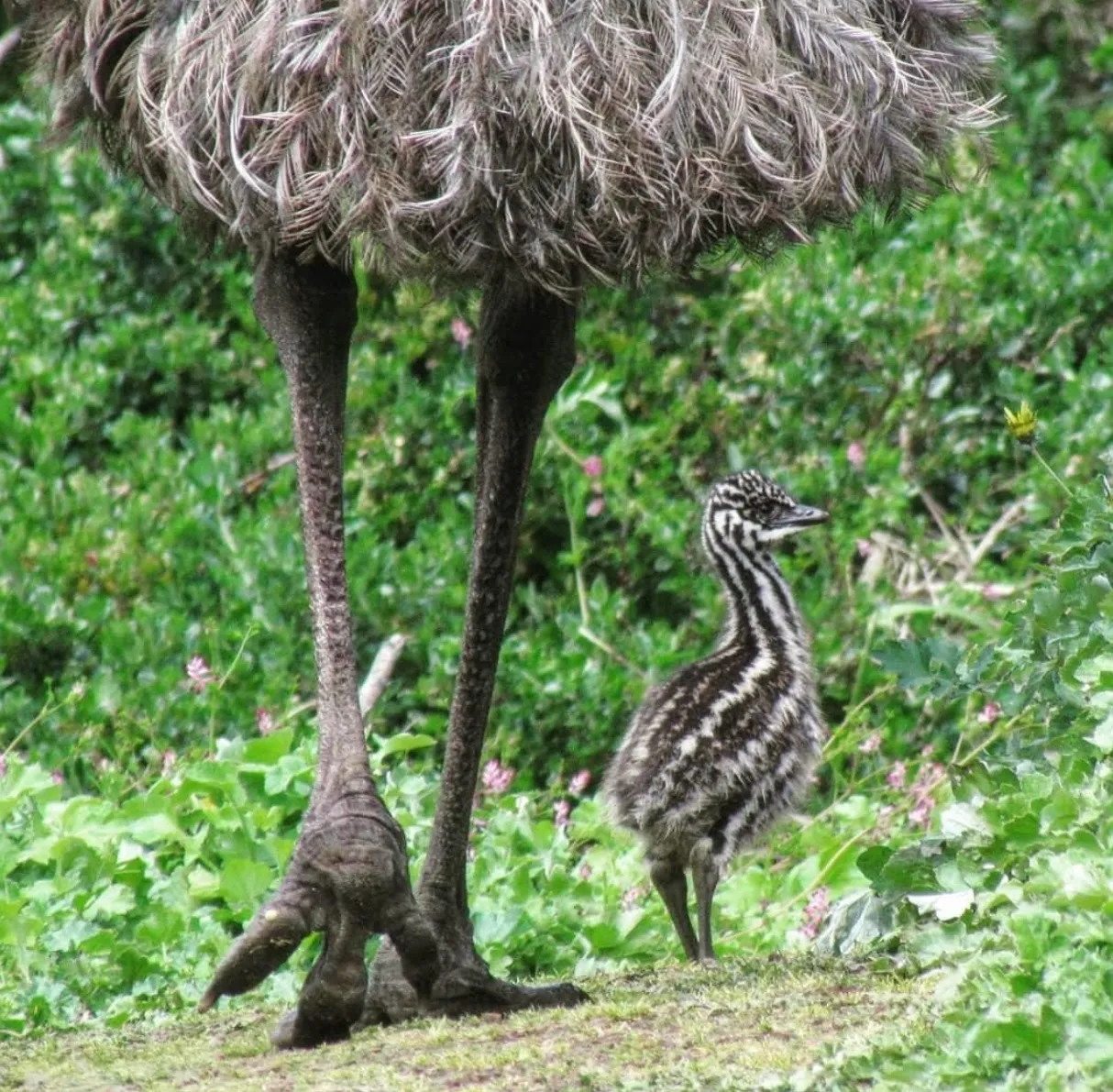
- Emus – These Australian outback birds can often be spotted within the reserve itself as they trot about without showing restraint.
- Cape Barren Geese – These birds are hard to forget because visitors never miss them due to their gorgeous looks.
- Banded Stilts – These can be observed in the wetlands due to their striking features.
Exploring Tower Hill’s Marsupials and Mammals
There are also chances to see some of the other countries’ animals as well, and these are very loved due to them being unique to Australia. They love to settle on eucalyptus trees and are often sighted lodged in these trees. On the crater’s floor, kangaroos and wallabies are busy feeding. However, echidnas and possums are also seen on the walking tracks hence, Tower Hill is awesome when it comes to animal sighting.
Notable Mammals at Tower Hill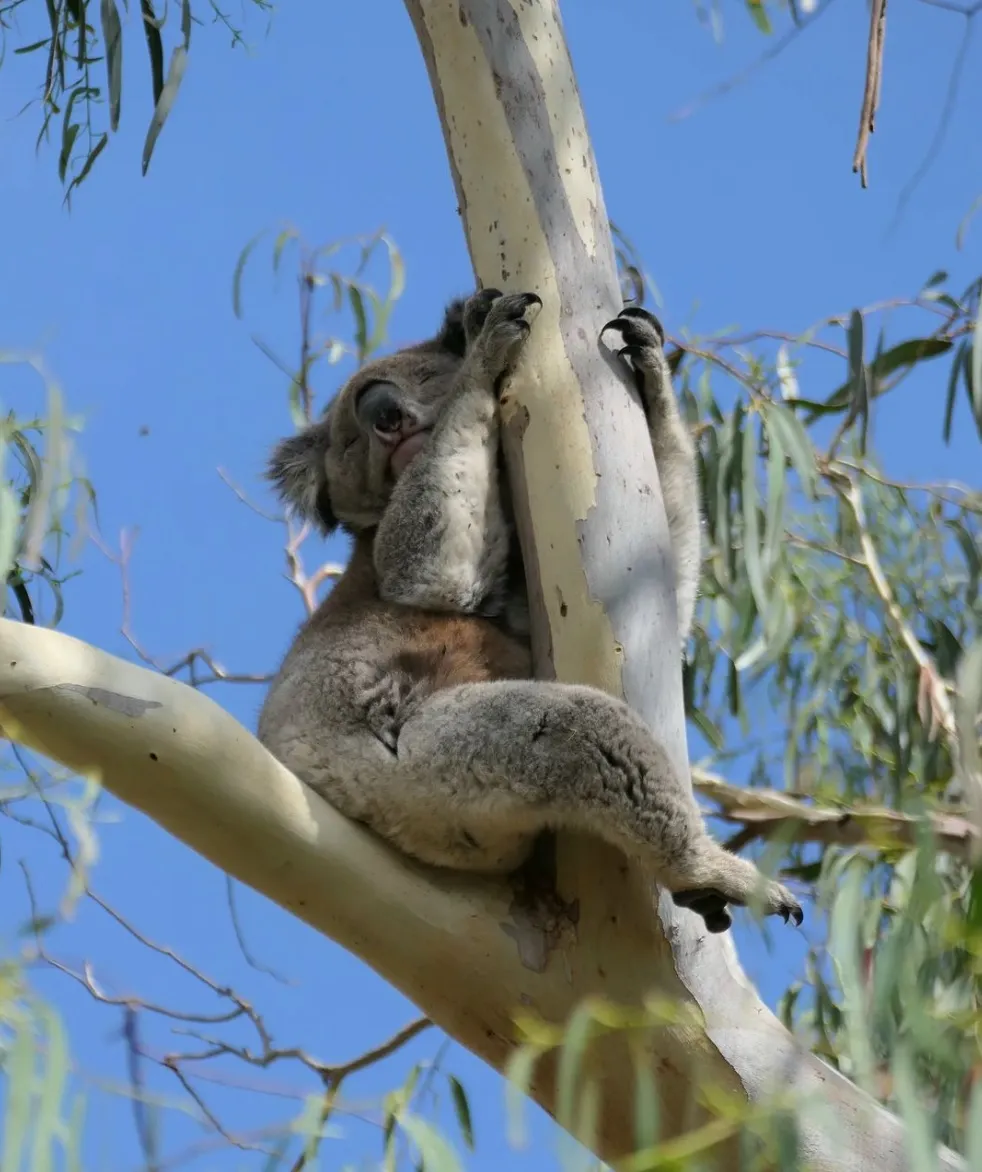
- Koalas – Are however very common especially in areas which have a lot of eucalyptus trees.
- Eastern Grey Kangaroos – They can often be seen leaping across the volcanic grounds.
- Echidnas – These creatures covered in spines are rather an unfathomable surface along the trails.
Reptiles and Amphibians: The Hidden Wildlife
In addition, various seasonal reptiles and amphibians can be found in the reserve. In warmer months, visitors may even cross paths with lizards, frogs and every so often a snake. These animals are crucial to the environment as they are the ones making sure that this natural wetlands habitat is well-kept.
Safety Tips for Reptile Spotting
To be safe, a reasonable distance from the reptiles and in particular snakes is necessary, where possible. You are required to use the already established footpaths and in doing so you should not attempt to the bushes.
The Flora of Tower Hill: A Botanical Wonderland
Tower Hill is a plethora of indigenous and virgin vegetation with plenty of plant life on display. Throughout summer and most of spring, wildflower blooms of some types appear giving color to the scenery. The variety of plants supports the animals found in the region and also gives one the chance to understand the botanical aspects of the region and the indigenous plants that used to be there mostly for the native population.
Geological Significance and Scenic Views
Tower Hill geologic features such as ash layers, lava tongues, and the central plug reflect at its core, a volcano’s history. The Tower Hill volcanic eruption also created the walls of the crater and its crater lake creating a beautiful landscape with amazing topography. The picturesque ascents to the rim of the crater give a panaromic sight of the place all the way around, thus making it conducive to photgraphic as well as nature loving.
Walking Trails and Hiking Opportunities
Tower Hill has a number of self guided walks including relic tracks which are less than moderately strenuous walks. For patient persons who would wish to remain within the landscape, the 1.5 kilometer jog around the crater floor and the Lake Edge Track should work. There are miles of hiking off the paths and dry areas which makes the reserve suitable for incompetent as well as competent hikers.
Visitor Experience and Facilities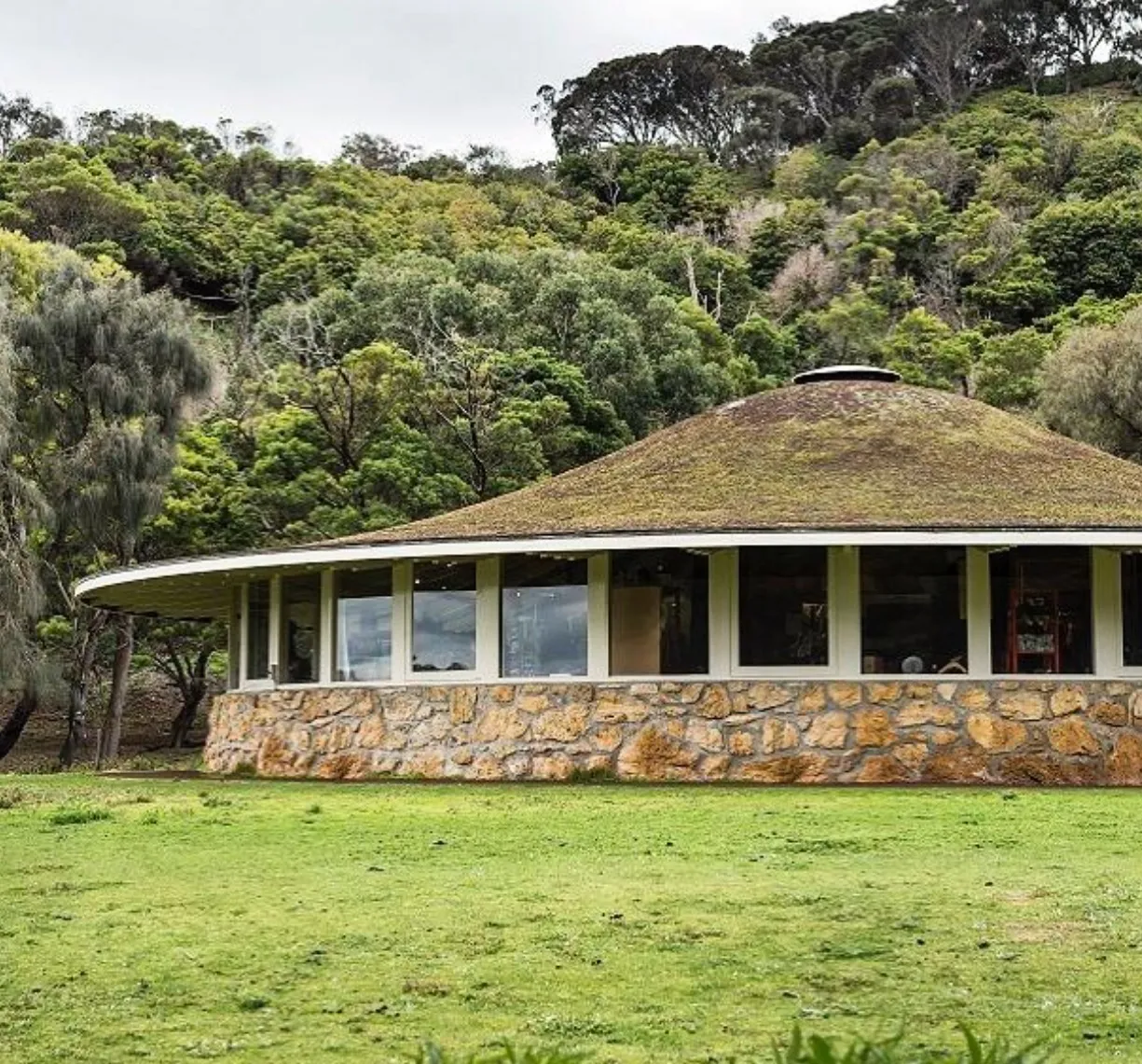
The Tower Hill Visitor Centre which was built by Australian Architect Robin Boyd has some educational pictorial information & other information about the reserve & wildlife. This place makes it easy for one to begin to visit the park as well as its history & geology ot cultural aspects.
Conclusion
Tower Hill Wildlife Reserve is perhaps one of the greatest highlights of the Great Ocean Road region. Tower Hill Wildlife Reserve is perhaps one of the highlights of the distance as it enables one to see the beauty that is an extinct volcano crater filled with wildlife as well as rich with Indigenous culture. The Great Ocean Road trip from Melbourn regularly visits the reserve and the town.There is something about Tower Hill for everyone, whether it is watching animals, geosing, or looking into the culture of the Aboriginals, there is something for everyone.
Frequently Asked Questions
When is the best time to go to Tower Hill Wildlife Reserve?
The reserve is partially opened throughout the year, which means it is not possible to undertake certain activities in winter. However, one quiet time of the day and they are the early hours of the morning or late in the afternoon is perfect for wildlife-viewing as animals move about most during these hours.
Are there any koalas at the Tower Hill?
Yes. Tower Hill is a colony of koala bears that inhabit parts of the hills or mountains in Australia and are frequently seen sleeping in gum trees.
Can one participate in guided excursions at Tower Hill Wildlife Reserve?
Of course, it is possible one will get a chance to visit or participate in such activities by coming from the Worn Gundidj Aboriginal Cooperative located within Tower Hill Wildlife Reserve.
Is there Tower Hill where I can hike only as a starter?
For sure. There are a number of clefts and self-guided walks that are ordinarily employed to suit some levels of fitness within the reserve and thus spot on the beginning and intermediate level.
What services are provided by the Tower Hill Visitor Centre?
The Tower Hill Visitor Centre provides educational displays, brochures, and background information of the reserve’s animal life and some historical context. It’s a good place to begin your visit and organize how you are going to stroll around the reserve.
